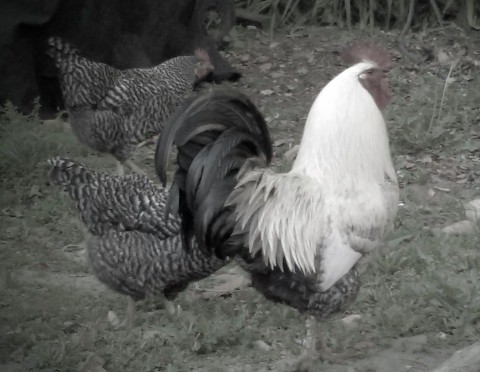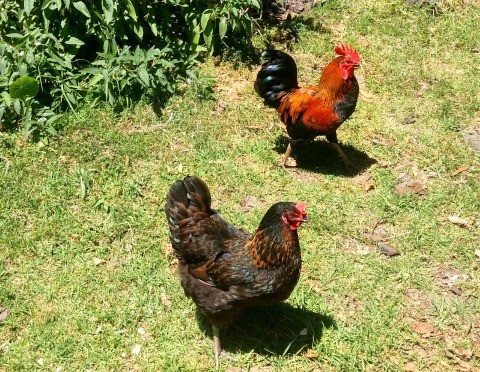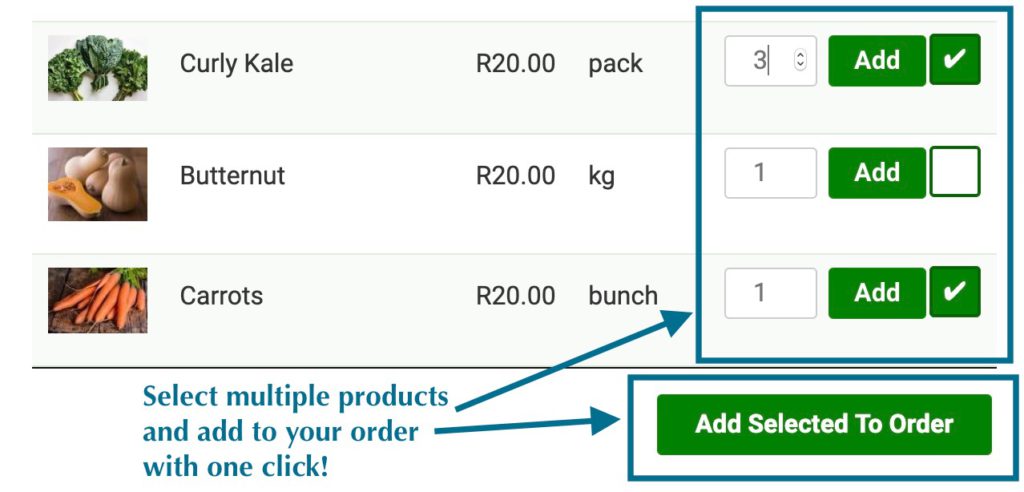Chickens have been domesticated by man for around 8,000 years and come in every conceivable shape & size in over 500 recognized breeds – even more than dogs. It is recommended to select breeds based on the purpose you intend them for.
Chickens have been bred for all manners of purpose, from superhuman (or is it superchicken?) egg layers who defy natural limitations and lay nearly every day of the year, to meaty birds who reach eating size in 6 weeks. There are as many different temperaments, from tame child-friendly pets to wild and skittish bush fowl who have the best chance of survival with natural predators around.

Hybrid breeds are large and prolific layers, but come with a food bill to match

Bush fowl are small, alert and capable of flying over fences or roosting high up in trees
Choosing the right type of chicken is essential to have success in the intended operation. Firstly consider what your aims are with keeping chickens – eggs are the most common reason to keep hens and if you have no intention of ever eating your birds, and saving money on feed is important for you (who isn’t it) then specialist egg-layers are the way to go. With their slighter builds (smaller chickens eat less) egg laying breeds are the most efficient converters of feed to eggs. Popular traditional egg laying breeds are are Rhode Island Red and White Leghorn. The Lohmann Brown is possibly the most popular laying bird worldwide, with a small body size and an ability to lay over 300 eggs a year – if eggs are your objective, Lohmanns can’t be beaten.
The most popular meat breed in commercial production is the Cornish Cross. They are able to reach a weight of 5.5kg (12lbs) in just over 6 weeks and with large breasts, thighs and legs – this is the modern ideal of a roasting bird. Best suited for barn life & controlled environments, Cornish Cross chickens are quite clumsy and ill-suited to life free-ranging. More popular amongst home-steaders are hybrid chickens. Most hybrids are larger than specialized egg-layers, meaning they eat more feed, but are able to provide a good supply of eggs before they are butchered for the table. Excellent dual purpose birds include the Australorp, Plymouth Rock and Orpingtons.
Indigenous, heirloom & ‘land-race’ breeds are becoming more popular as people rediscover the benefits of locally adapted, hardy chickens for homestead use. Often smaller than commercial breeds, many indigenous breeds of chickens are experts at foraging and avoiding predators. Some are particularly good at flying, so any enclosure needs to have high fences or a shade-cloth roof to keep the birds in. Left to their own devices, they will free-range over large areas, returning to their coop or a favoured tree at night. These tough birds will never compete with commercial breeds for egg or meat production, but come into their own in areas with sparse forage, aerial predators or extreme climatic conditions.
Some interesting indigenous breeds include the Southern African Boschveld, Indonesian Kampung, Indian Kadaknath and Chillean Colloncas.
For an excellent history of chicken evolution as part of mans history, read “Why did the chicken cross the world” by Andrew Lawler

